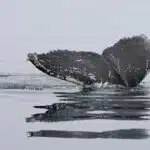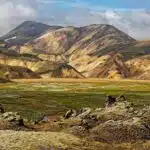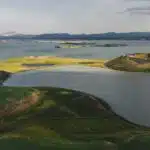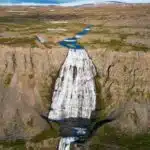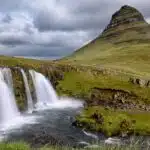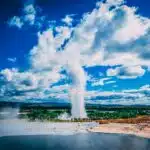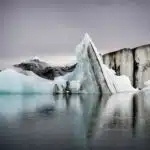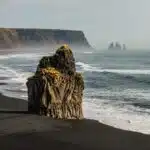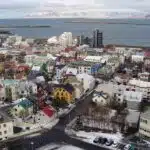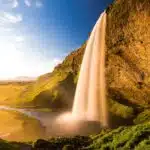The Northern Lights, or Aurora Borealis, are natural light displays caused by charged particles from the sun interacting with Earth’s magnetic field. They appear as shimmering curtains of green, pink, purple, and red in the night sky.


Detailed Overview of Northern Lights in Iceland
- Best Time to See
- Season: The best time to view the Northern Lights in Iceland is from September to April. During these months, nights are longest and skies are darkest.
- Peak Viewing: The optimal viewing period is from late September to early March, with the darkest months (December and January) offering the longest nights.
- Best Viewing Conditions:
- Weather: Clear, dark skies are essential. Cloud cover can obscure the auroras, so check weather forecasts for clear nights.
- Solar Activity: The intensity of the Northern Lights is influenced by solar activity. Higher solar activity leads to more vibrant displays. Check aurora forecasts for predictions.
- Tips for Viewing:
- Away from City Lights: To maximize visibility, travel away from urban areas to avoid light pollution.
- Dress Warmly: Icelandic nights can be very cold, especially in winter. Wear layers, including thermal clothing, hats, gloves, and sturdy boots.
- Be Patient: Auroras can be unpredictable and may take time to appear. Be prepared for a waiting period and enjoy the stars while you wait.
- Photography Tips:
- Camera Settings: Use a tripod for stability. Set your camera to a high ISO, wide aperture (f/2.8 or lower), and long exposure (15-30 seconds) to capture the lights effectively.
- Focus: Manually focus your camera to ensure the auroras are sharp. Autofocus may struggle in low light conditions.
Top Viewing Locations
- Thingvellir National Park: Located about 45 minutes from Reykjavik, this UNESCO World Heritage site offers minimal light pollution and stunning landscapes.
- Reykjanes Peninsula: Close to Reykjavik but away from city lights, offering excellent conditions for viewing.
- Jökulsárlón Glacier Lagoon: This remote location in southeast Iceland provides a dramatic backdrop with icebergs reflecting the Northern Lights.
- Húsavík: In North Iceland, known for its dark skies and minimal light pollution, providing excellent aurora viewing.
Experiencing the Northern Lights in Iceland is a magical and memorable event, offering a chance to witness one of nature’s most spectacular phenomena in a breathtaking setting.

